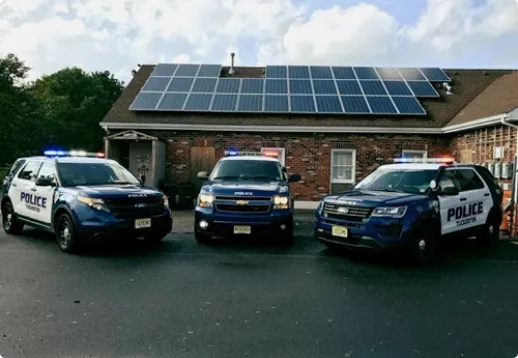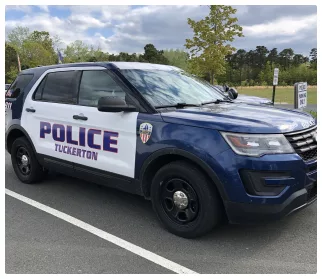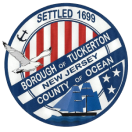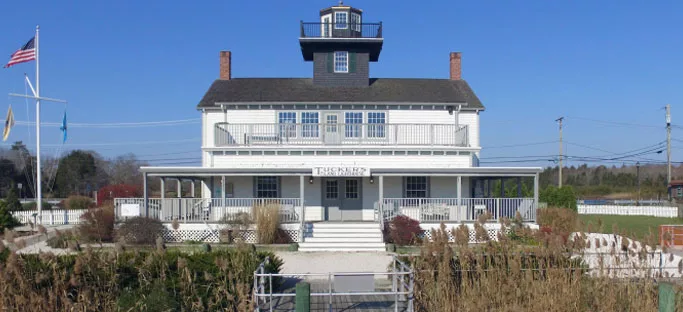Fema

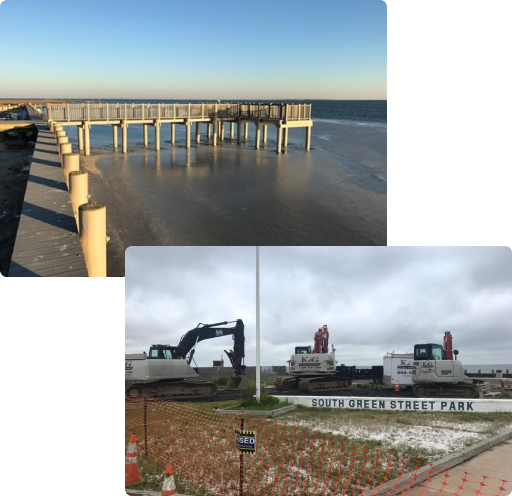
FEMA Region II serves the states of New Jersey and New York, the Commonwealth of Puerto Rico, the territory of the U.S. Virgin Islands and eight Tribal Nations. The Regional Office is located in
New York, N.Y.
The Region is geographically and culturally diverse. It includes large urban areas, vast tracts of rural and mountainous land and several Caribbean islands. The Region includes New Jersey, the most densely-populated state in the U.S.; New York City, the most densely-populated city in the U.S.; and eight Tribal Nations.
The Region is a global economic engine drawing people from nearly every country and culture in the world, resulting in a distinctively international environment. In fact, the United Nations is headquartered in the Region. Nearly half of New York City’s 8 million residents regularly speak a language other than English, many in the U.S. Virgin Islands speak Creole and Spanish is the official language of Puerto Rico. New York State shares a border with Canada while Puerto Rico and the U. S. Virgin Islands engage with neighboring Caribbean nations.
[The Freedom Tower in New York City.]
FEMA Region II Headquarters, One World Trade Center, New York, N.Y.FEMA photo by K.C. Wilsey.
The Region has experienced nearly every type of disaster in the last two decades. Flooding resulting from hurricanes, tropical storms, snowmelt and Nor’easters are frequent occurrences. Parts of the Region experience extreme cold and snowfall, while other parts are susceptible to wildfires. The Caribbean Islands face the risk of earthquakes and tsunamis on a regular basis.
The Region is also at risk from man-made disasters. New York City, the financial and media capital of the world, was targeted by terrorists on Sept. 11, 2001 and maintains a heightened state of vigilance. Given the rest of the world’s reliance on the Region’s institutions of commerce and communication, cyber-security remains a priority for the public and private sectors. As well, the Region has a large nuclear industry and the highest concentration of chemical manufacturers and producers in the country, with a large amount of chemical and petroleum products transiting the Region on a daily basis.
The area’s density of residents and tourists, infrastructure, financial institutions, landmarks, multi-national political presence and media markets present an environment where even a relatively small disruption requires a coordinated, timely, decisive response.
Please visit FEMA for more Information
